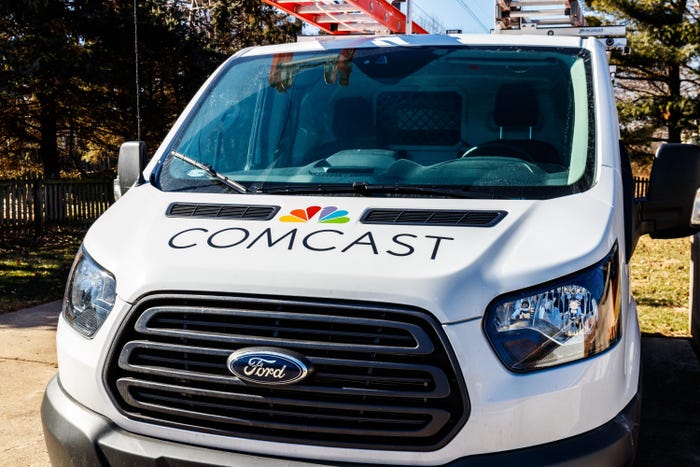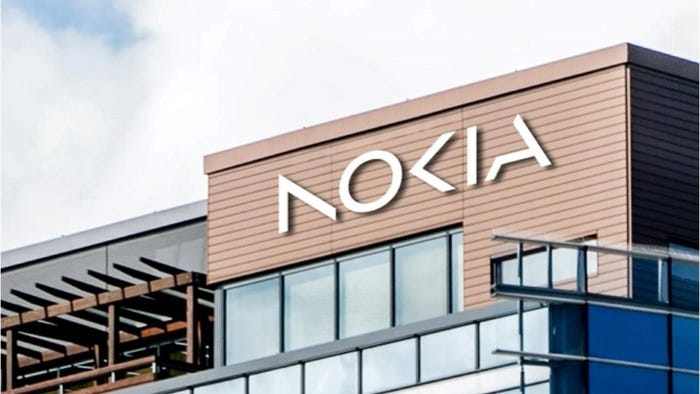Fueled by network upgrades, cable outside plant spending to peak in 2027 – Dell'Oro
Spurred by DAA and DOCSIS 4.0 network upgrades, spending on cable outside plant equipment will rise 15% to $972 million this year and peak at $2 billion in 2027, according to Dell'Oro's latest forecast.

Cable spending on amplifiers, nodes, taps and other types of outside plant equipment is expected to peak at $2 billion in 2027 and drive a total of $10 billion in sales through 2030, Dell'Oro Group found in its latest forecast on the segment.
Dell'Oro expects those upcoming gains will be fueled by a range of hybrid fiber/coax (HFC) network upgrade projects, including "mid-splits" and "high-splits" that boost the amount of spectrum dedicated to the cable upstream, distributed access architecture (DAA) rollouts and the deployment of enhanced DOCSIS 3.1 technologies and DOCSIS 4.0.
Spending on outside cable plant, which also includes traditional nodes, new DAA nodes and an emerging class of standardized Generic Access Platform (GAP) nodes, is expected to reach $972 million in 2024, up 15% year-over-year. Dell'Oro said spending will start to heat up this year and into 2025 as shipments of 1.2GHz Full Duplex (FDX) amps and 1.8GHz amps begin to reach significant volumes.
While there's little change in the revenue forecast Dell'Oro presented last year, the big change is that the firm expects spending on outside cable plant equipment to decline at a more pronounced rate during the tail end of the forecast – from 2028 to 2030.
The spending is expected to ramp up through 2027 at operators such as Charter Communications, Comcast and Cox Communications, then drop off as they work through their existing inventories of amps, nodes and taps, Jeff Heynen, VP of broadband access and home networking market research at Dell'Oro, explained.
Pricing in smart amps
Heynen's latest forecast also raised the average selling price (ASP) for amplifiers to account for new types of connected, smart amps that provide telemetry data that will help operators keep closer tabs on plant conditions and plant performance. Comcast's coming FDX amplifiers, a critical component for its DOCSIS 4.0 rollouts, will bake in such intelligence. Other types of new amps will also feature some form of additional smarts that will raise the per unit costs of the amps.
But Heynen notes that it's not clear if operators will use intelligent amps for every new 1.8GHz device they deploy across a cascade. It's possible, he said, that operators will limit smart amp deployments to a trunk amplifier or to select line extenders.
"They're still trying to figure that out," he said of operators' next-gen amplifier strategies. "Obviously, they don't want to blow the budget and raise the cost of these amplifier units any more than they have to."
GAP node shipments expected to peak in 2029
Dell'Oro's revised forecast also accounts for GAP nodes that feature standardized housings and interfaces for DOCSIS, PON and 5G modules. Heynen expects GAP node shipments to peak at about 12,000 to 13,000 units in 2029.
It's expected that Charter, GAP's primary champion, will represent the bulk of those deployments as it swaps in new, standardized nodes to a portion of its base. However, other operators are expected to use GAP nodes as well.
Heynen expects GAP to make the most sense for operators that intend to deliver wireless services off of the node. Notably, Charter has deployed CBRS in Charlotte, North Carolina, and has another market on tap for this year to help the operator offset MVNO costs in high-traffic areas. Charter is also among a small group that is exploring a way to run 5G signals on the HFC network.
About the Author(s)
You May Also Like














